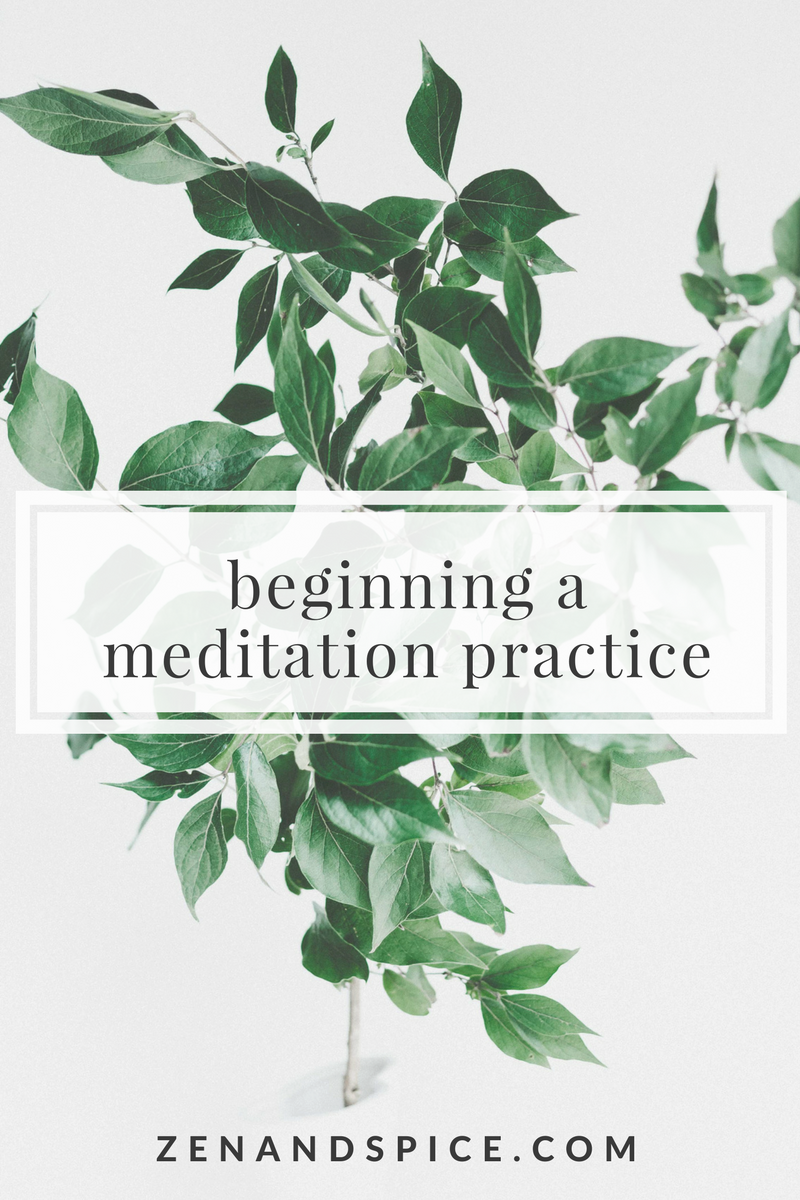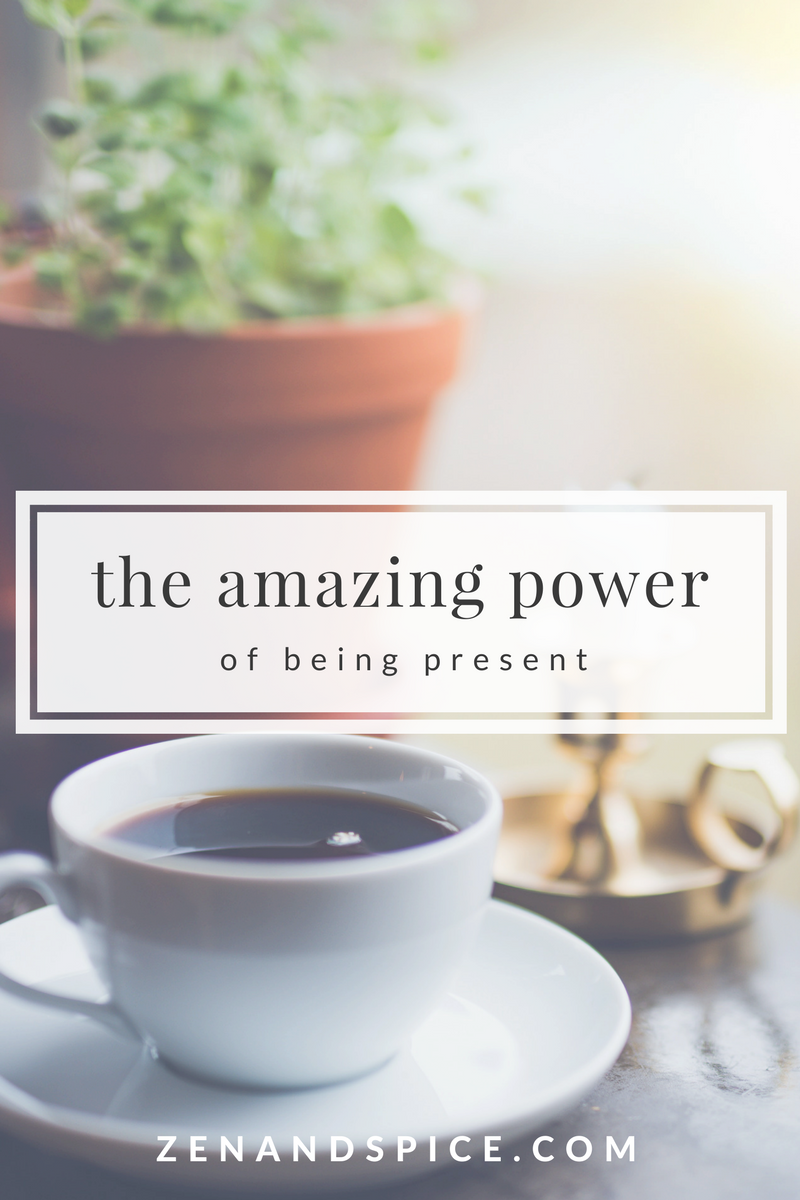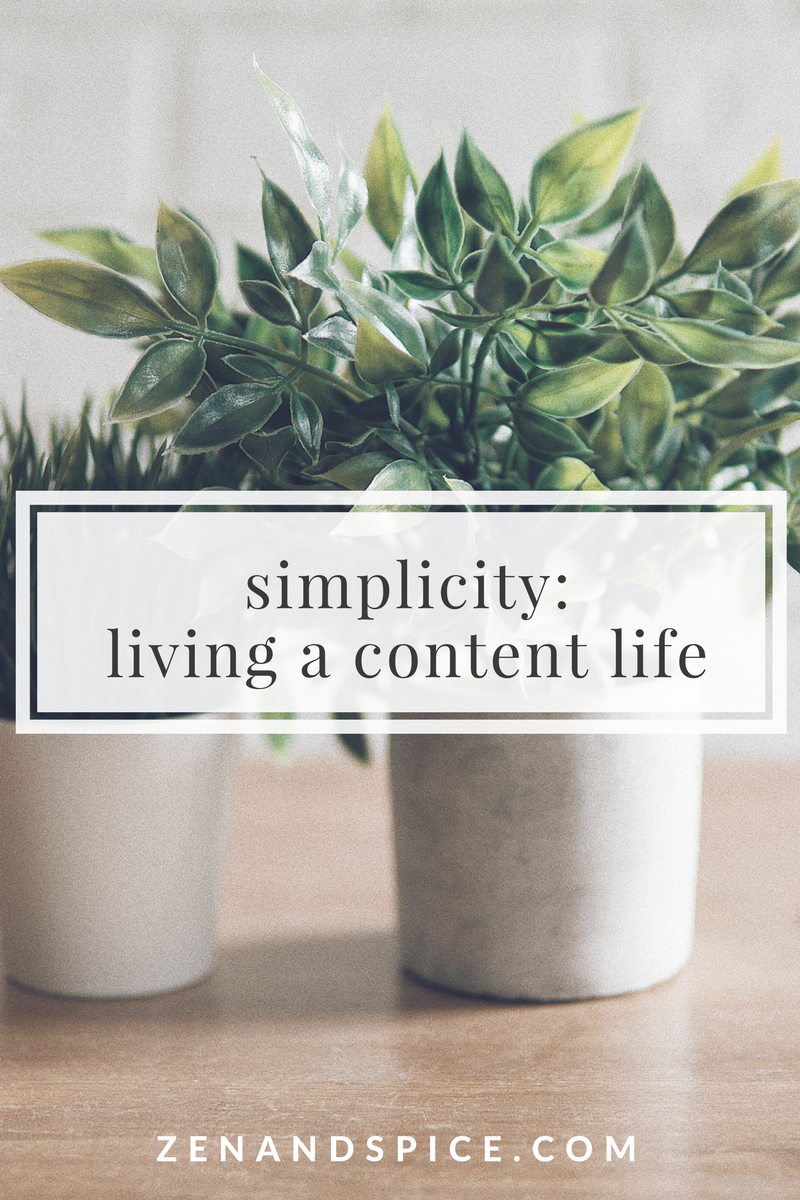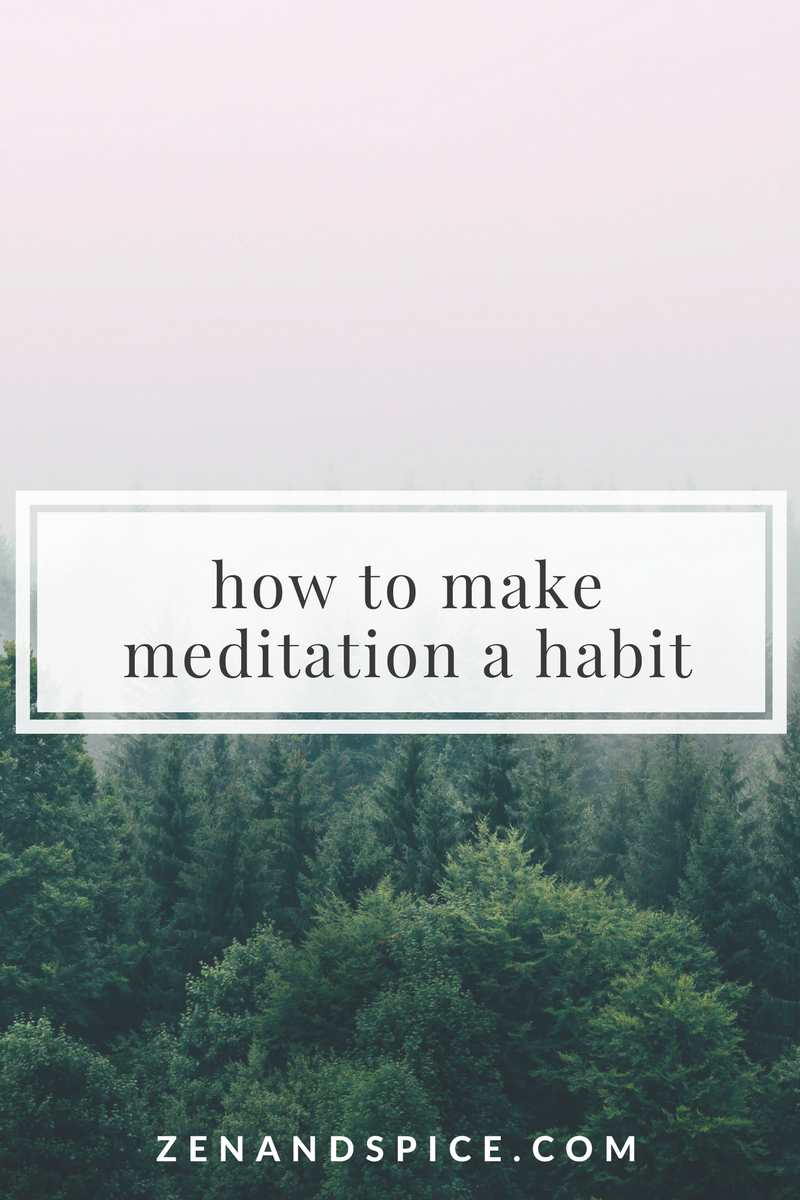While I’m out on maternity leave, please welcome my friend Jennifer Slingerland Ryan to the blog. She’s a Licensed Professional Counselor practicing in Allen, TX.
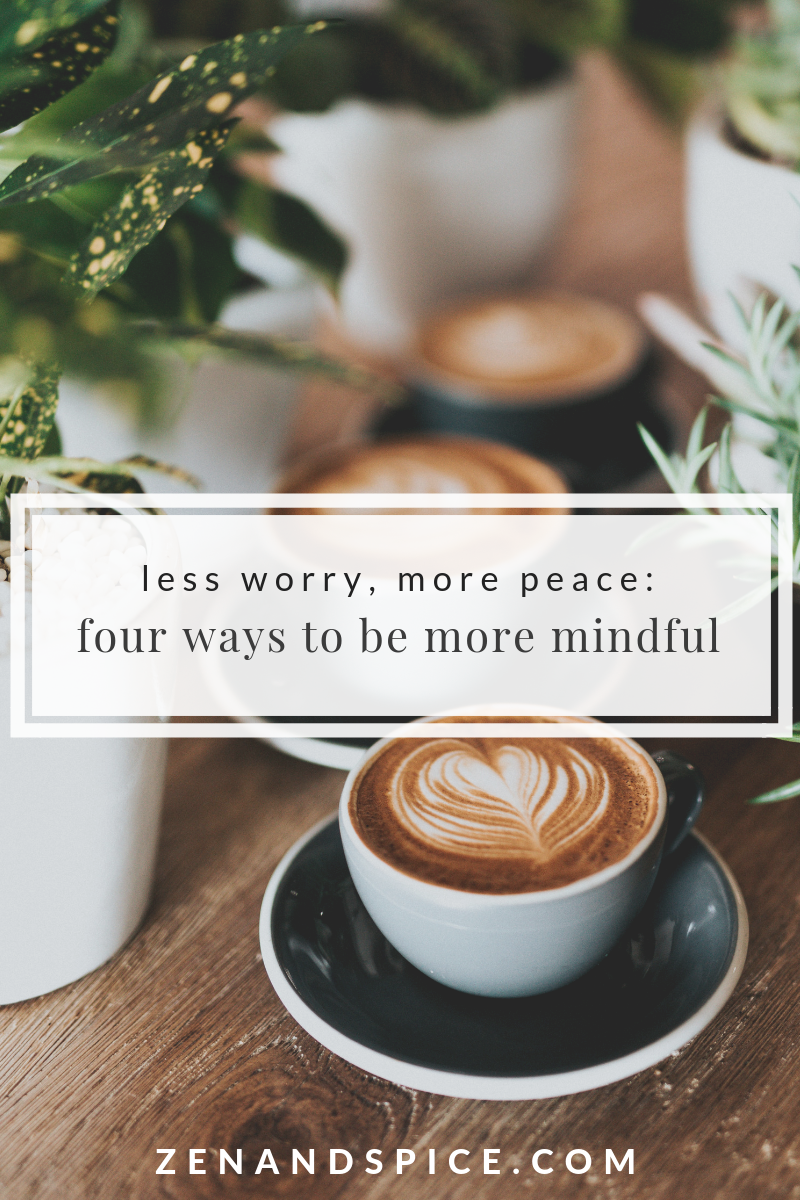
Mindfulness is a buzzword you hear thrown around a lot these days, but I’m not sure many people know what this word really means or what it can do for you. When I offer up this concept up to my clients, I can see their eyes dart to the ceiling in the biggest, most exaggerated eye roll. Even when I suggest that mindfulness can make you less stressed, less anxious, less depressed, and more in control of your feelings, the suggestion is often met with some skepticism. To which I say, “Well, it’s not going to hurt to try. Do you have five minutes to think about your breathing?” It sounds ridiculously easy, and it is.
So, what is mindfulness? Well, it’s really just focusing on, and being aware of, what’s happening inside your body and mind. It’s a simple, easy way to help you relax your brain while you spend some time getting refreshed, relaxed, and peaceful.
Throughout most of your day, what you think about is mostly subconscious. You act out of habit based on thoughts and feelings in your body that you aren’t even aware of. Eating, working on a task, driving, even engaging in conversations can be so robotic, sometimes you aren’t sure how you even made it to work that day or what the topic of your conversation was with your friend. What class did she say she was taking? Was I even present on my drive into the office?
Being mindful is the magical calm elixir you need, and it’s as easy as tuning into your body and brain’s inner world. What’s going on in there? What are you thinking? What are you feeling? And, are these thoughts and feelings that are serving you well?
There are four ways I suggest being more mindful throughout your day:
- Be Purposeful in Routine Activities: You engage in numerous activities throughout the day like cooking, eating, exercising, browsing the internet and driving, in which you are not fully present. During routine activities, tune into the activity you’re engaged in, and see if you can imagine the activity differently. Do you notice a different body sensation than you knew you had? Does your body feel hungry while cooking? Are you salivating? Do you notice the cars around you on the highway? Are you present in the moment? Do you like what you feel?
- Close the Tabs (Meditate): Think of meditation as simply “closing the tabs” of work tasks. Take just five or ten minutes to sit, hands down, eyes closed, and do a full body scan. Check into your body to see what you’re feeling; check into your brain to see what you’re thinking. Take intentional, deep breaths, and focus on how they feel moving through your body. I suggest setting a timer so you aren’t worried about getting back to your tasks. You can fully focus and be present with you instead of what’s going on with everything and everyone else.
- Wake Up and Fall Asleep with Intention: The time in which we are most relaxed, and all the tabs are closed, or closing, is when we’re waking up and falling asleep. Right as you wake up, take ten deep breaths and think about how your body feels. Do some stretching as you lay in your bed while you breathe to help your body get flowing. As you fall asleep, close your tabs by become more focused and aware on how your body feels, and if you find it hard to focus, use your deep breathing. Remember, you can only focus on one thing at a time (no multitasking), so choose to focus on breathing.
- Stay Laser Focused: Whether in a conversation with a friend, a passing chit-chat with a neighbor or store clerk, or while driving, become laser focused on one thing at a time. Sometimes in my office, or while driving, I’ll focus on one thing, say, a tree, and see what I notice about the tree. Notice what the tree is doing, what the clouds look like, and the way your friend’s mouth moves as she talks. Notice how your body feels and responds when you become laser focused on the small things around you.
Remember, being mindful means less stress, more calm, and more productivity. Engaging in mindfulness is a way to stay in the present moment, and this can help keep the past and future where they belong – in the past and future. Mindfulness can help you feel more relaxed, at peace, and calm, even when you’re knee-deep in a mountain of to-dos. Mindfulness can also decrease your stress level and help with emotional regulation, which means being able to manage difficult feelings when you have them.

Jennifer Slingerland Ryan knows a thing or two about kids and families. First, she knows they are joyous, exhilarating, loving and so darn fun. Second, she knows they suck your life dry and make you weep like a baby. By day she’s a psychotherapist; by night she’s a mom and wife. She claims to love therapizing couples, educating parents, reading dystopian fiction and sleeping in her free time (read: she never sleeps).
Jennifer is a mom of twins who are sweet as sugar, but just hit that tween stage so all bets are off. Her youngest is…a joy. Let’s just stop there. Most days you can find her in her office seeing clients, doing laundry, loading or unloading the dishwasher, or catching up on the latest episode of Real Housewives of (Insert City Here), Walking Dead or This Is Us. She is a tree-hugging country girl from West Texas who reads, writes, and teaches about human development and families as a hobby and profession. You can read more from Jennifer at her therapy blog, ichoosechange.com.

